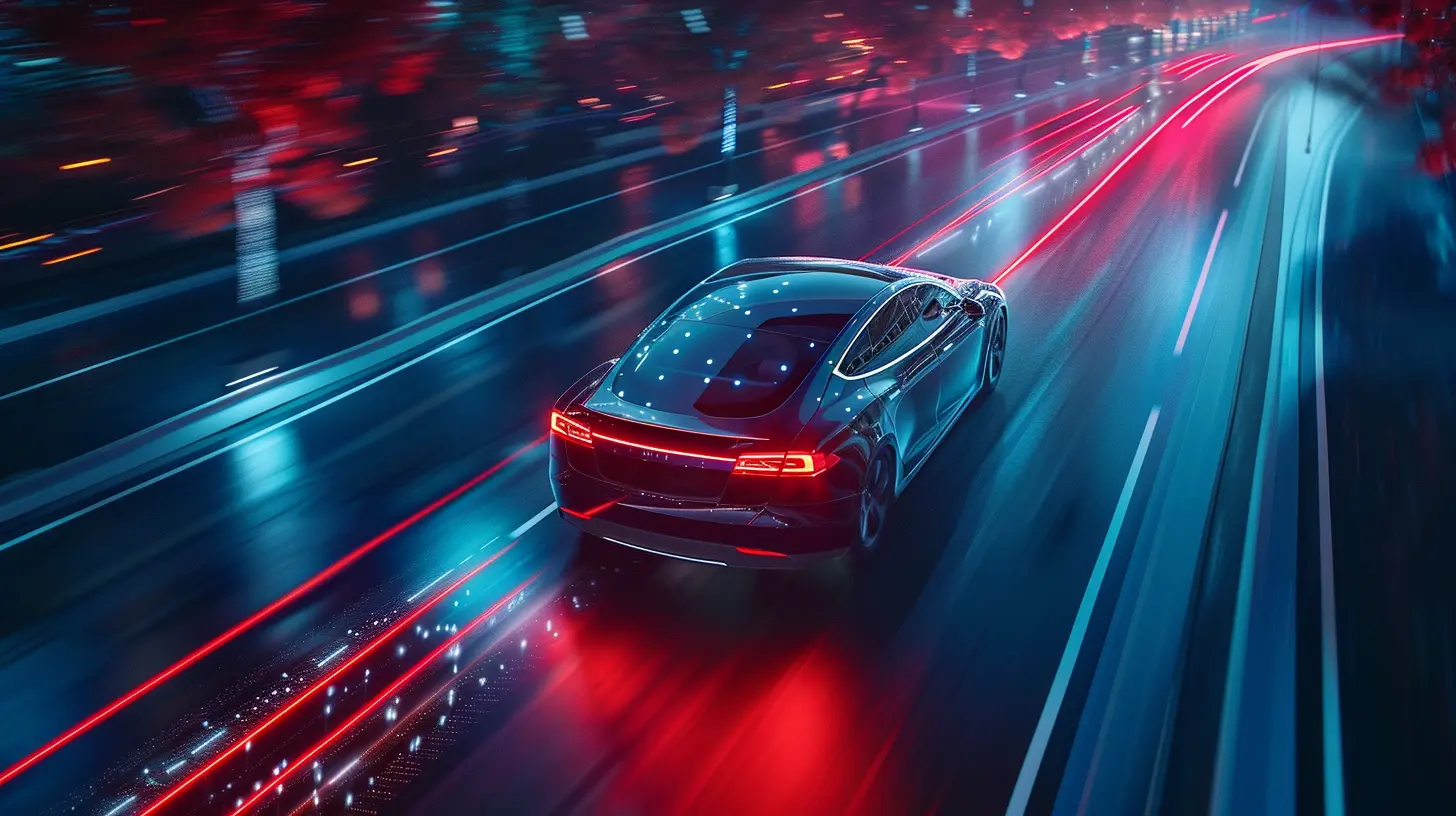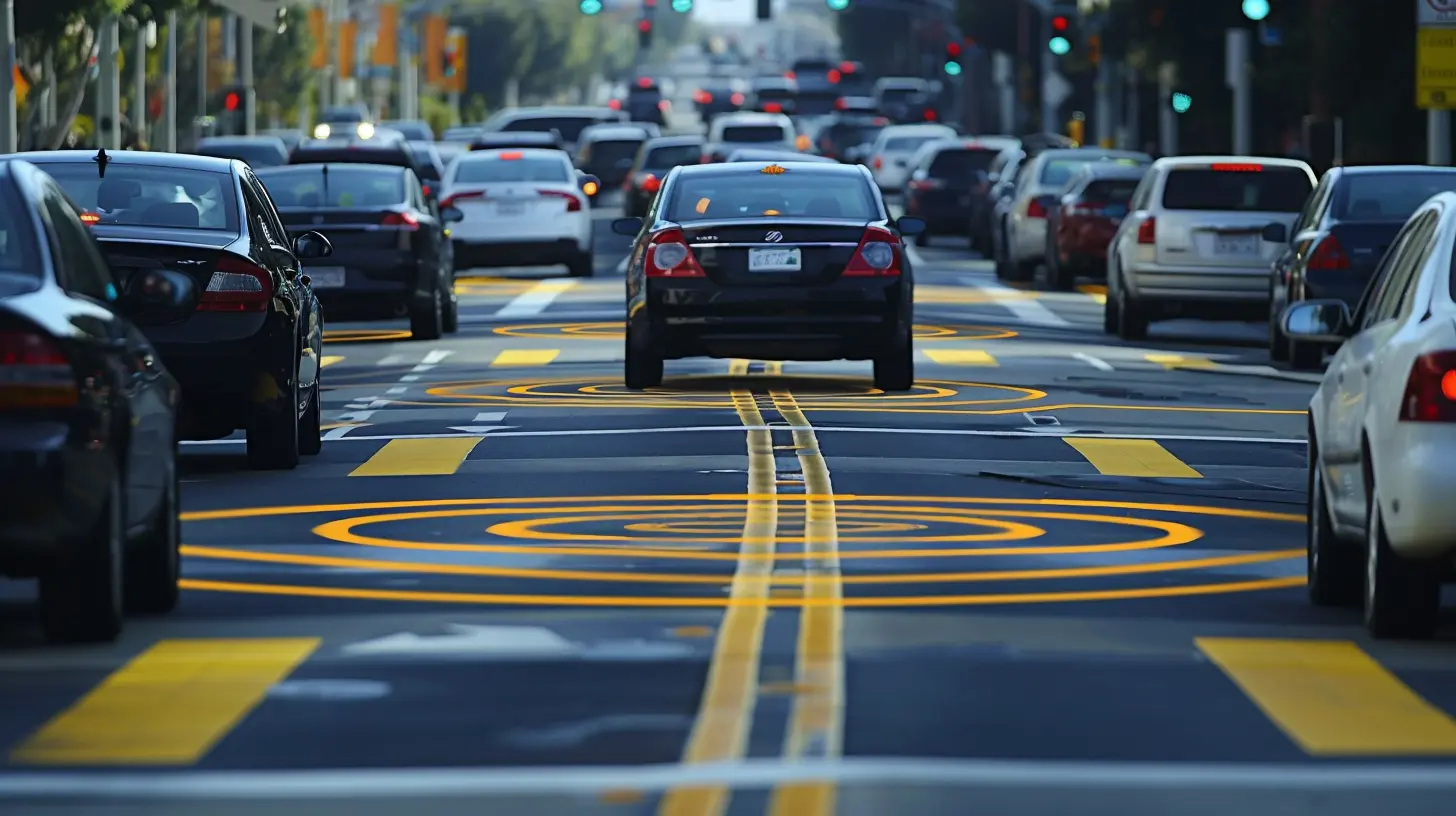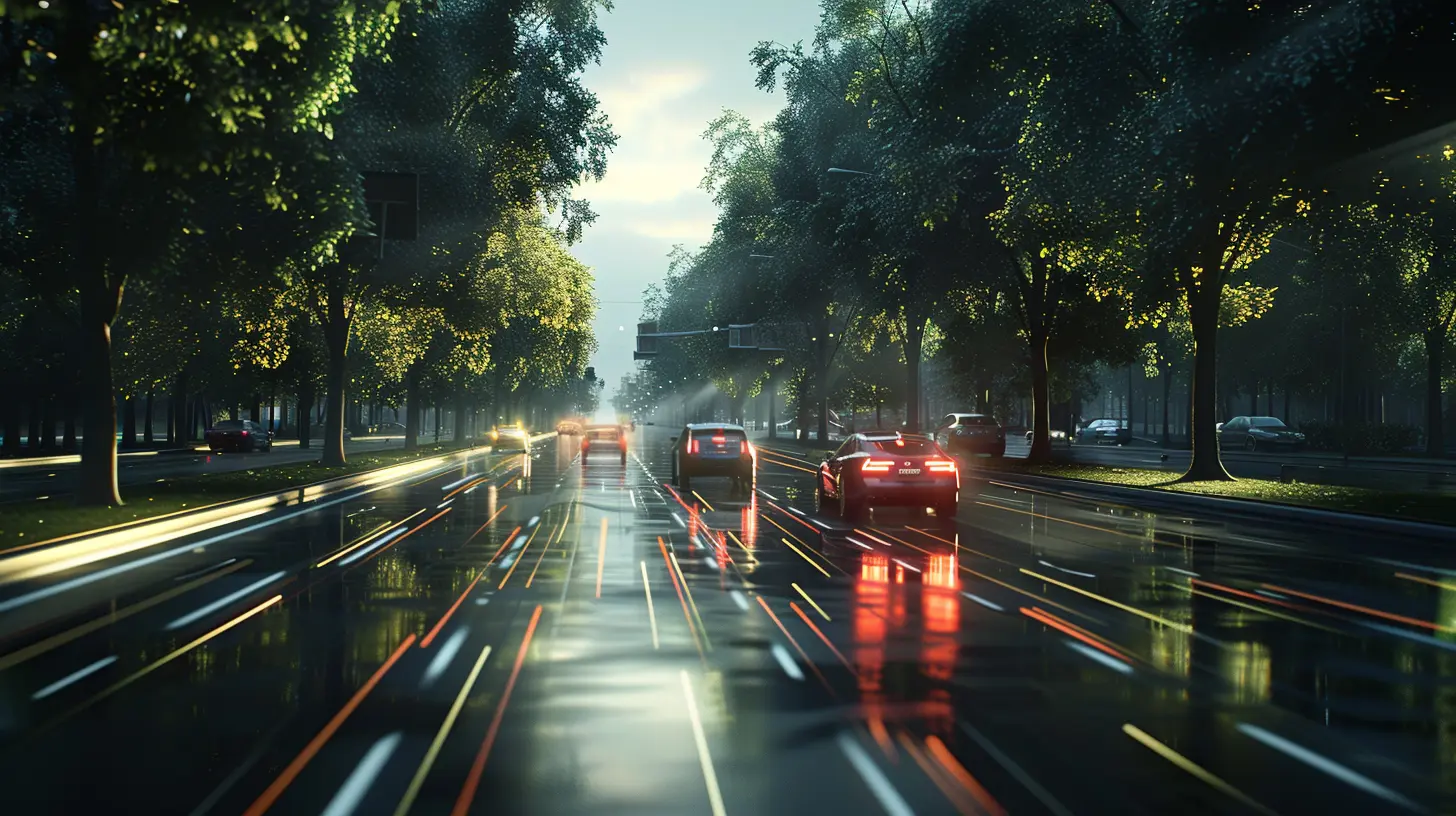10 December 2024
Autonomous driving has been a hot topic for quite some time, but it’s not just about having a car whisk you away while you sip your morning coffee. The real deal is making these self-driving vehicles safer. And what's the key to that? You guessed it—Artificial Intelligence (AI). From decision-making to real-time data analysis, AI plays a pivotal role in ensuring that autonomous vehicles are not just cool but also reliable and safe.
In this article, we'll dive deep into how AI is transforming the safety of autonomous driving. Whether you're a tech enthusiast or just someone curious about how your future commute might look, stick around. Trust me, it's going to be an insightful ride.
What Exactly Is Autonomous Driving?
Before we hit the gas and delve into AI, let's first clarify what autonomous driving actually means. In simple terms, autonomous driving refers to vehicles that can operate without human intervention. These vehicles use a mix of sensors, cameras, and algorithms to navigate roads, avoid obstacles, and follow traffic rules.There are five levels of vehicle autonomy, ranging from Level 0 (no automation) to Level 5 (full automation). Right now, we have cars at Level 2 or 3, meaning they still require some human oversight, but we're inching closer to Level 5, where the vehicle will be fully in control.
Pretty cool, right? But here’s where it gets more interesting — the role of AI in making this futuristic concept as safe as possible.
Why Safety Is Such a Huge Deal in Autonomous Driving
Let’s be real: getting into a car that drives itself can sound a bit unnerving. We’re used to being in control, and the idea of letting a machine take over can be scary, especially when safety is at stake. According to the World Health Organization (WHO), more than 1.3 million people die every year due to road traffic accidents. Autonomous vehicles promise to reduce that number, but only if they’re safe enough to trust.So, how can we ensure that these vehicles don’t make catastrophic mistakes? That’s where AI steps in.
How AI Enhances Autonomous Driving Safety
1. Real-Time Decision Making
Ever had to make a split-second decision while driving? AI is designed to handle that but with a level of precision and speed that no human could ever match. Autonomous vehicles rely on complex algorithms to process massive amounts of data in real-time. This data comes from multiple sensors, including:- LiDAR (Light Detection and Ranging)
- Radar systems
- Cameras
- Ultrasonic sensors
These inputs allow the AI to "see" the environment, recognize obstacles, and make decisions instantly. Imagine driving down a crowded street with pedestrians, cyclists, and other vehicles all around. The AI can analyze the situation in fractions of a second and decide whether to stop, slow down, or change lanes, all without breaking a sweat.
2. Predictive Analytics & Anticipating Hazards
AI doesn't just react to what's happening—it can also predict what might happen. Machine learning algorithms train the autonomous system to recognize patterns in driving behavior, traffic conditions, and even weather patterns. By analyzing past data, the AI can anticipate potential hazards before they occur.For example, if the AI notices a pedestrian approaching a crosswalk or a cyclist veering towards the road, it can preemptively slow down or change course to avoid a collision. This kind of proactive approach is something human drivers often struggle with, especially in complex or fast-changing environments.
3. Collision Avoidance Systems
Let's talk about one of the most crucial aspects of driving: avoiding accidents. AI plays a massive role here by leveraging advanced collision avoidance systems. These systems continuously monitor the vehicle's surroundings and can take over to prevent accidents if the driver (or the autonomous system itself) fails to act in time.The AI can:
- Apply the brakes if it detects an imminent crash
- Steer the vehicle away from danger
- Alert the driver (if human intervention is still possible)
It's like having an eagle-eyed co-pilot who never takes a break and knows exactly when to step in.
4. Adaptive Learning for Continuous Improvement
One of the most fantastic things about AI is its ability to learn and improve over time. Through machine learning, autonomous vehicles get better the more they drive. The AI collects data from every trip, analyzing mistakes, near-misses, and successful maneuvers. This data is then used to improve decision-making and safety features in future trips.Think of it like this: while a human driver might get better at driving over years of experience, AI can accumulate and process the same amount of data in days or even hours. The more the AI learns, the safer it becomes, making future rides smoother and more secure.
5. Human-AI Collaboration
Here's the thing: we're not fully at the point where AI can do everything on its own. That’s why many autonomous systems are designed to work hand-in-hand with human drivers. In Level 2 and 3 autonomous vehicles, AI assists the driver by handling routine tasks like lane-keeping and adaptive cruise control. However, it still relies on the human to take over in certain situations.But even in these cases, AI plays a crucial role in enhancing safety. It continuously monitors the driver’s attention, alertness, and even emotions to ensure they’re ready to take control when needed. If the AI detects that the driver is distracted or drowsy, it can issue alerts or even pull the car over to the side of the road if necessary.
The Role of AI in Traffic Management
Autonomous driving safety isn’t just about avoiding accidents. It also involves managing traffic efficiently. AI plays a pivotal role in this by helping vehicles communicate with each other and with infrastructure like traffic lights and road signs. This is often referred to as Vehicle-to-Everything (V2X) communication.By integrating AI with V2X technology, autonomous vehicles can:
- Optimize routes to avoid traffic jams
- Adjust speed based on real-time traffic conditions
- Coordinate with other vehicles to ensure smooth flow (think of it like a perfectly choreographed dance routine between cars)
This leads to fewer accidents and smoother traffic flow, making roads safer for everyone.
The Challenges of AI in Autonomous Driving Safety
While AI has done a tremendous job in enhancing the safety of autonomous driving, it's still not without its challenges. Here are some of the hurdles that developers and engineers are working to overcome:1. Edge Cases
AI systems are great at handling most driving scenarios, but what about the rare, unpredictable events? Known as "edge cases," these are situations that the AI may not have encountered before, like a deer suddenly jumping into the road or an unexpected road closure. Training AI to handle these edge cases is one of the biggest challenges in autonomous driving safety.2. Ethical Dilemmas
What happens when an autonomous vehicle has to make a life-or-death decision? For instance, if the car has to choose between hitting a pedestrian or crashing into a wall, how does the AI decide? These ethical questions are complex and don't have easy answers. Developers are working on creating ethical frameworks for AI, but it’s still a work in progress.3. Cybersecurity Risks
As autonomous vehicles rely heavily on data and connectivity, they're vulnerable to hacking. A cyberattack on a self-driving car could be catastrophic. Ensuring that AI systems are secure from potential threats is another critical aspect of enhancing safety.The Future of AI in Autonomous Driving
So, what does the future hold? Well, one thing’s for sure: AI is going to play an even bigger role in autonomous driving as technology evolves. We’re likely to see:- Improved sensor technologies, enabling AI to better understand the environment.
- More advanced predictive algorithms, allowing vehicles to anticipate hazards even better.
- Fully autonomous Level 5 vehicles, where you won’t need to touch the steering wheel at all!
The road to fully autonomous driving may still have a few bumps, but with AI at the helm, it's only a matter of time before we arrive at our destination — a world where self-driving cars are not only convenient but also incredibly safe.
Conclusion
AI is the unsung hero behind the safety of autonomous driving. From real-time decision-making to predictive analytics and collision avoidance, AI ensures that self-driving vehicles are prepared for whatever the road throws at them. And while challenges remain, the future looks promising. As AI continues to evolve, so too will the safety and reliability of autonomous vehicles.So, next time you hear about self-driving cars, remember that it's not just about convenience—it’s about creating a safer, smarter driving experience for everyone.












Clover Walker
AI is revolutionizing autonomous driving safety by providing real-time data analysis and predictive modeling. It enhances decision-making and reduces human error, making roads safer for everyone. As technology evolves, the integration of AI will be crucial in addressing challenges and ensuring a secure driving experience. Embrace the future of mobility!
February 11, 2025 at 9:21 PM